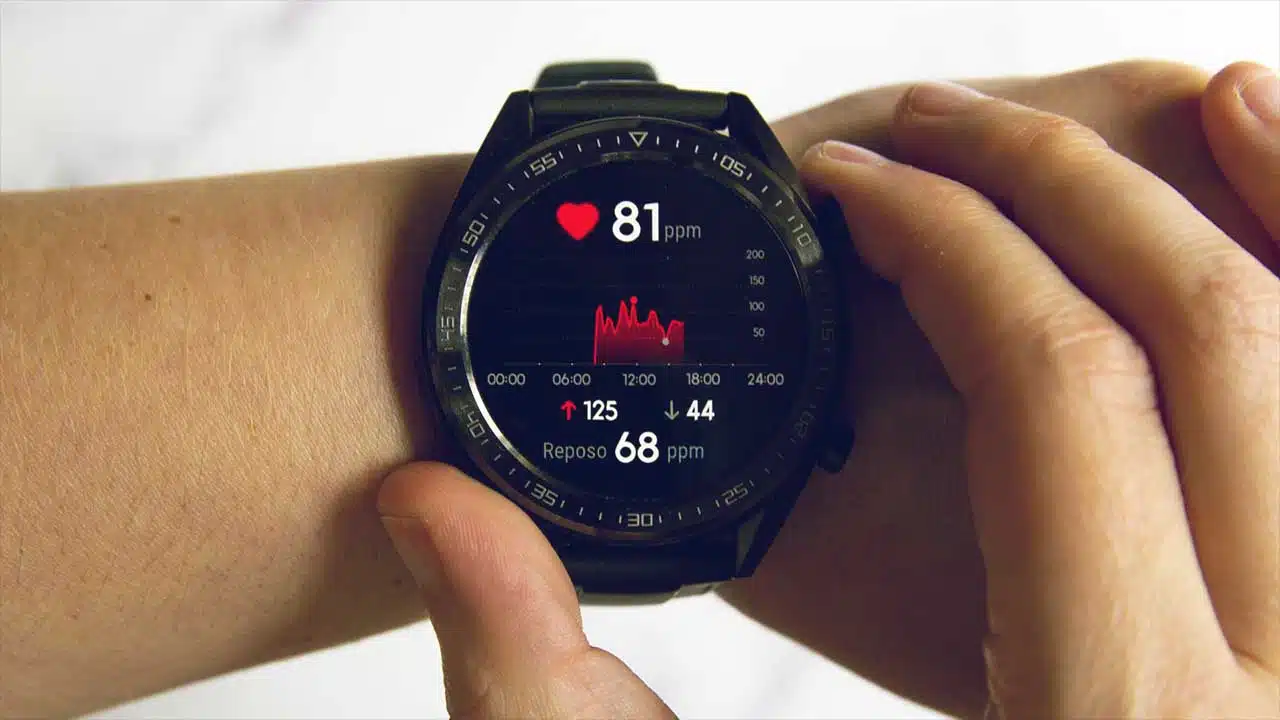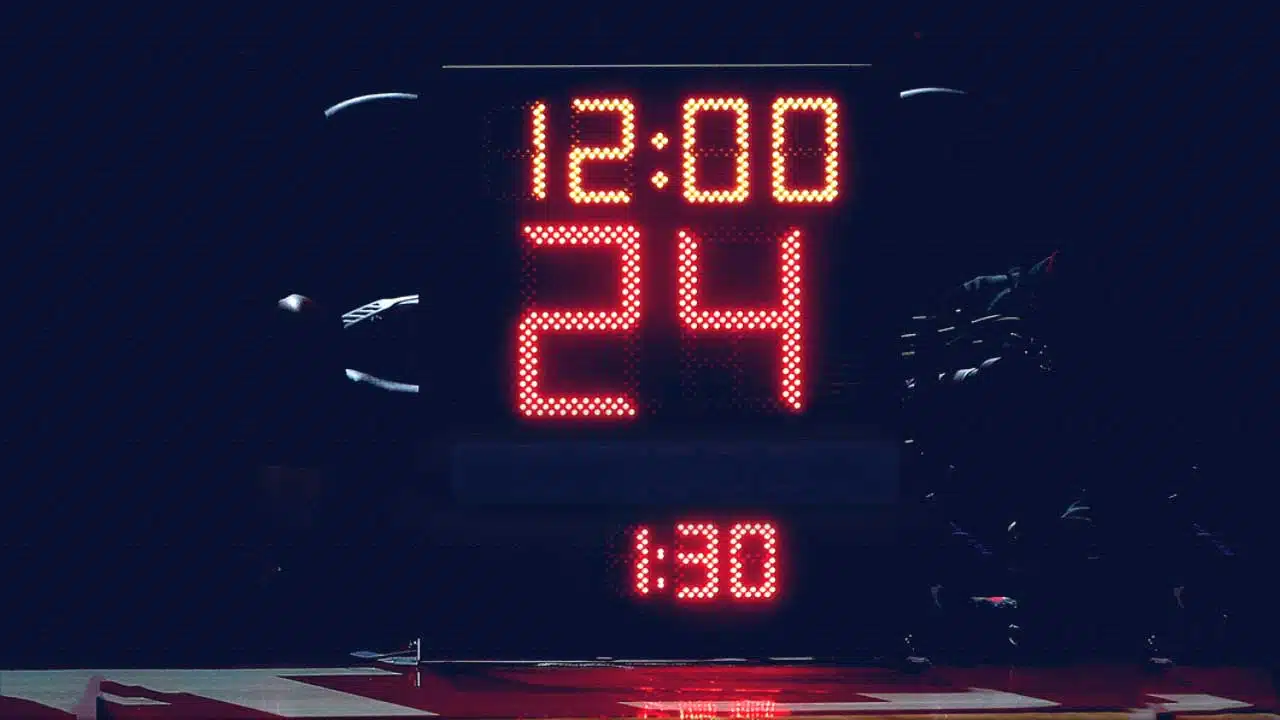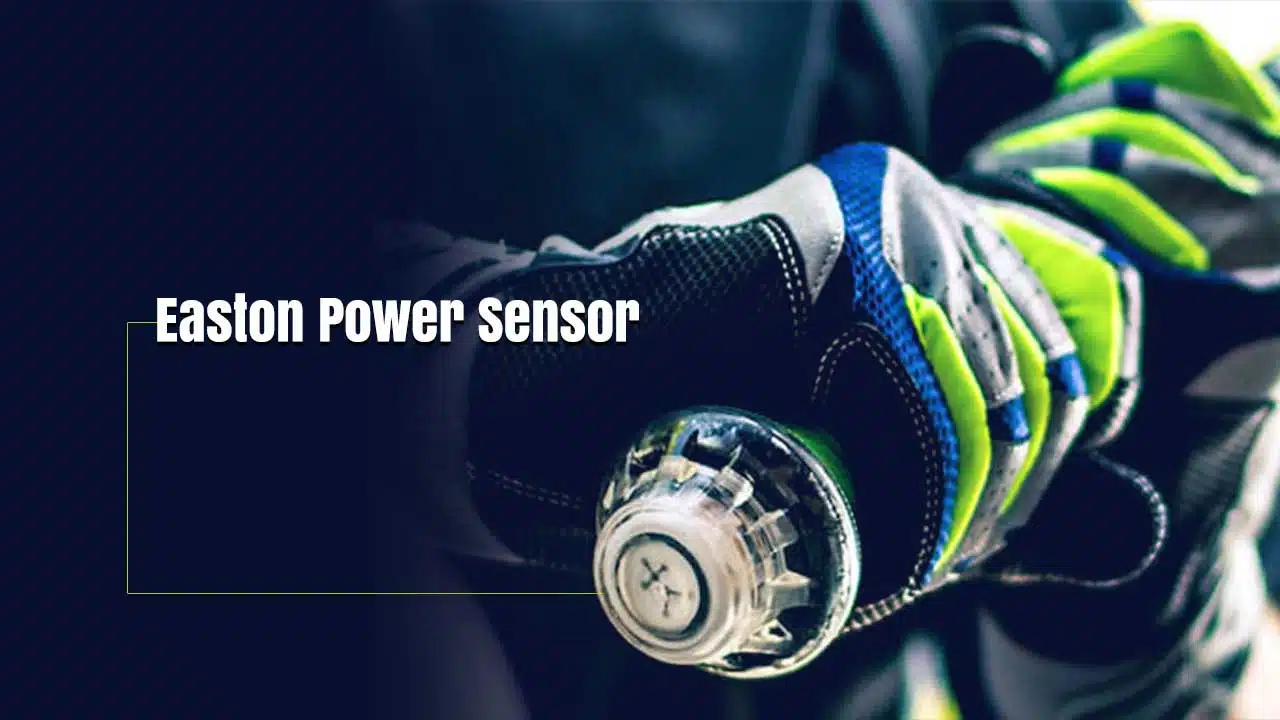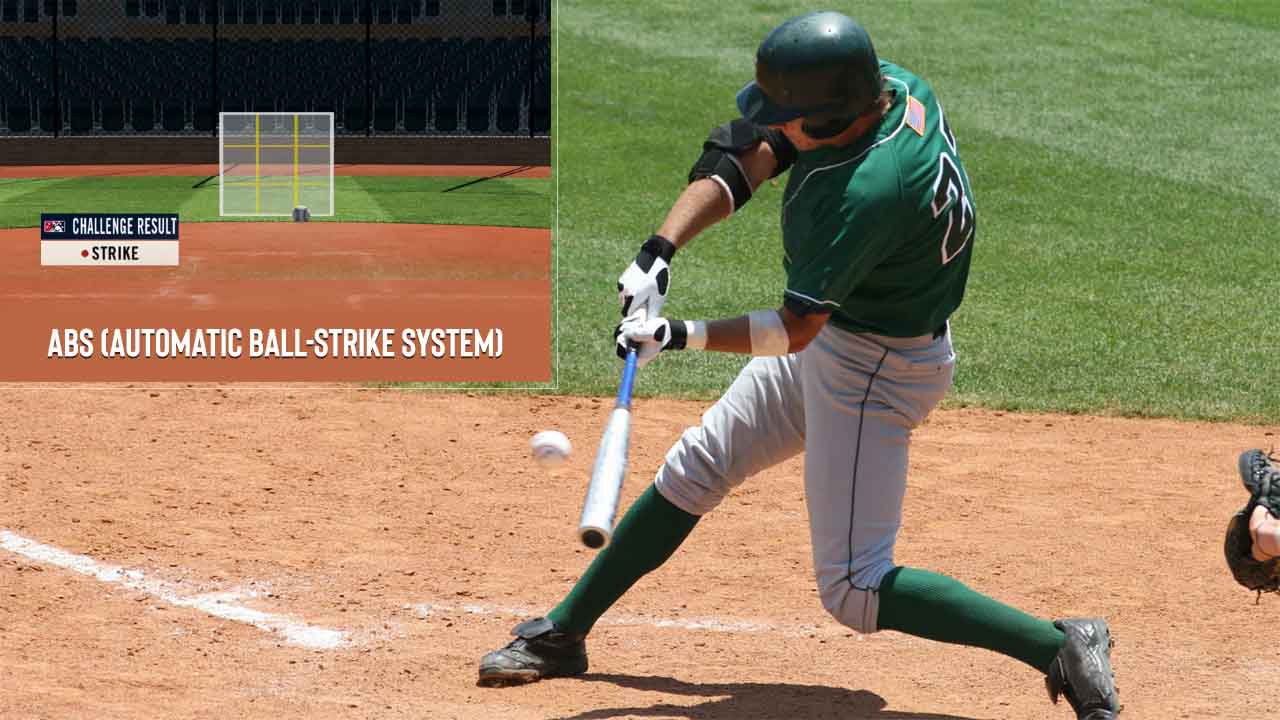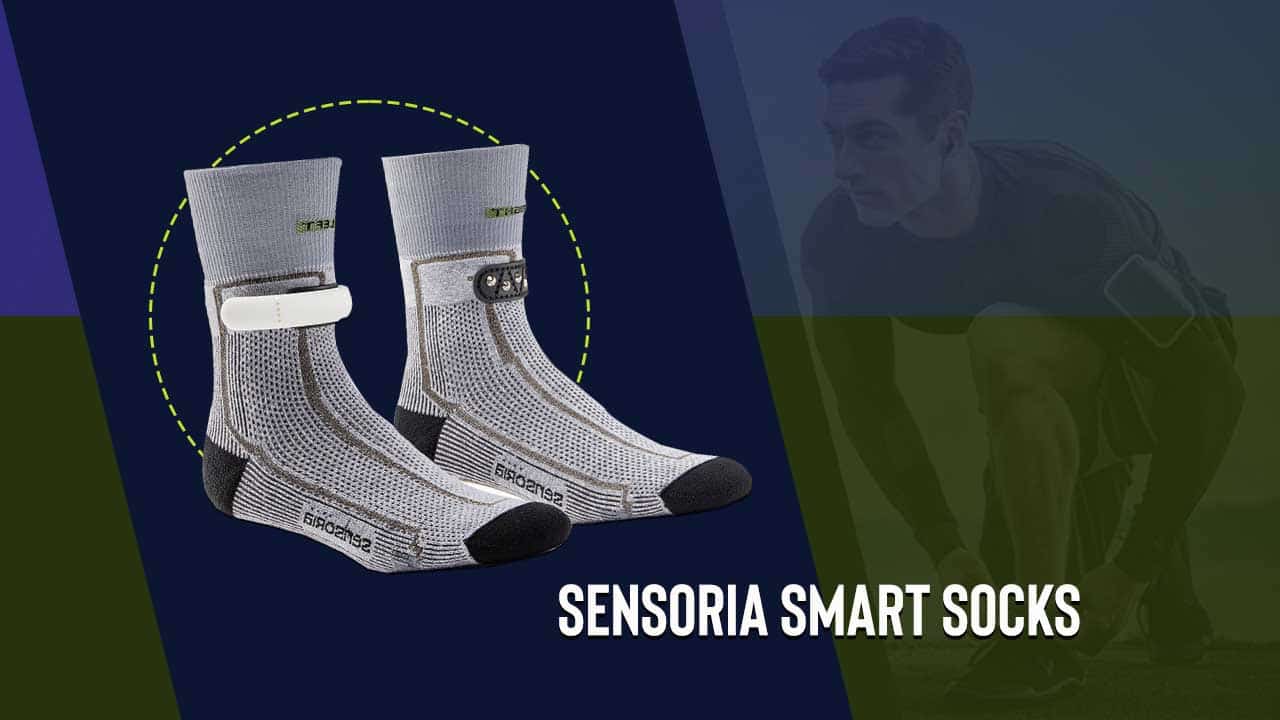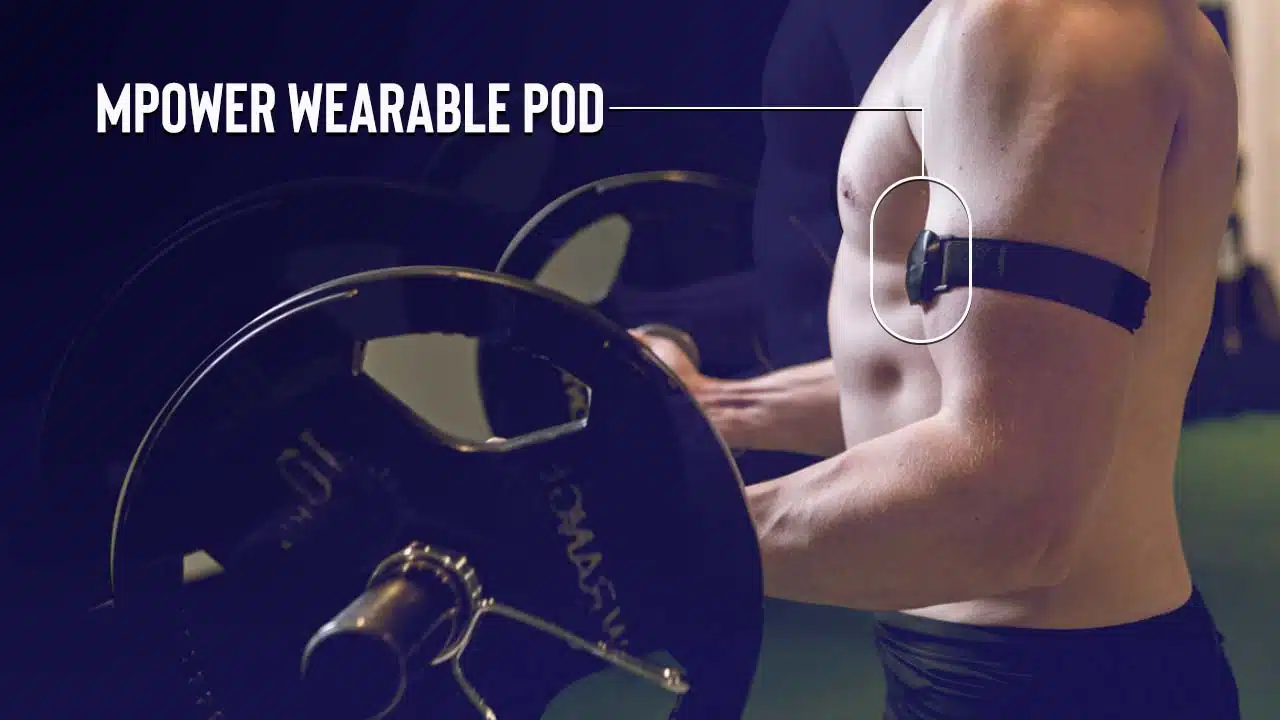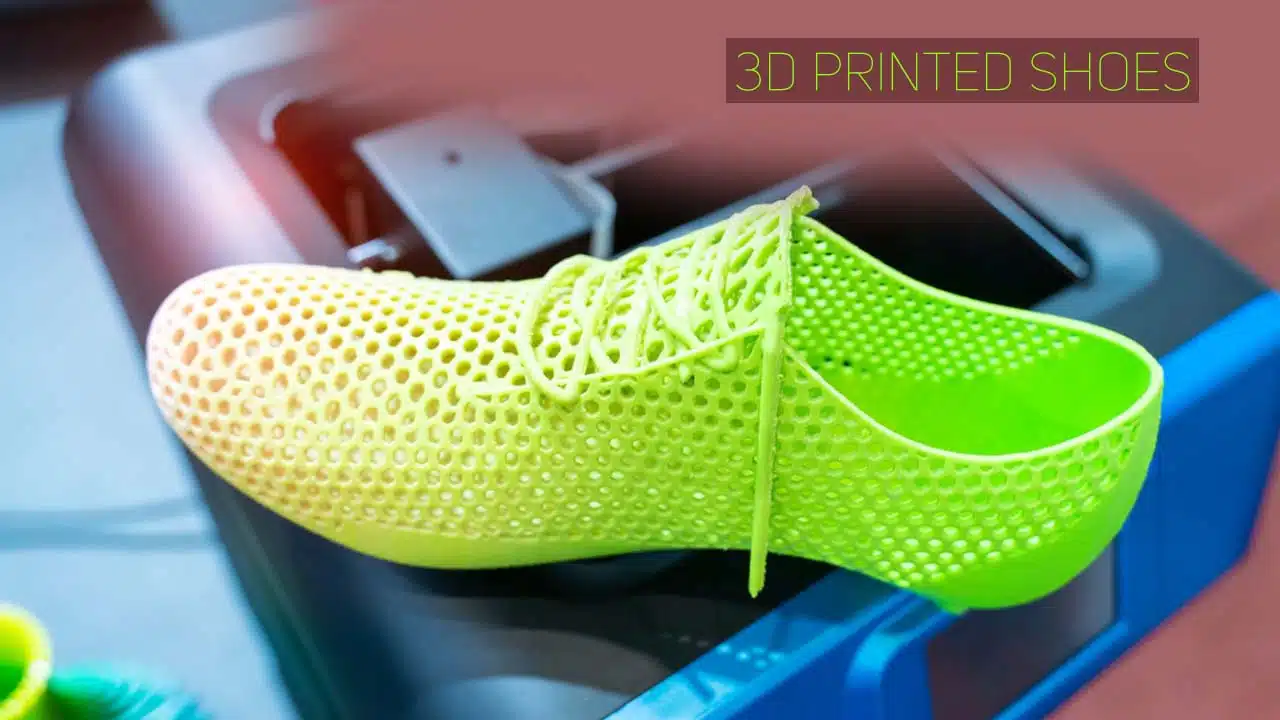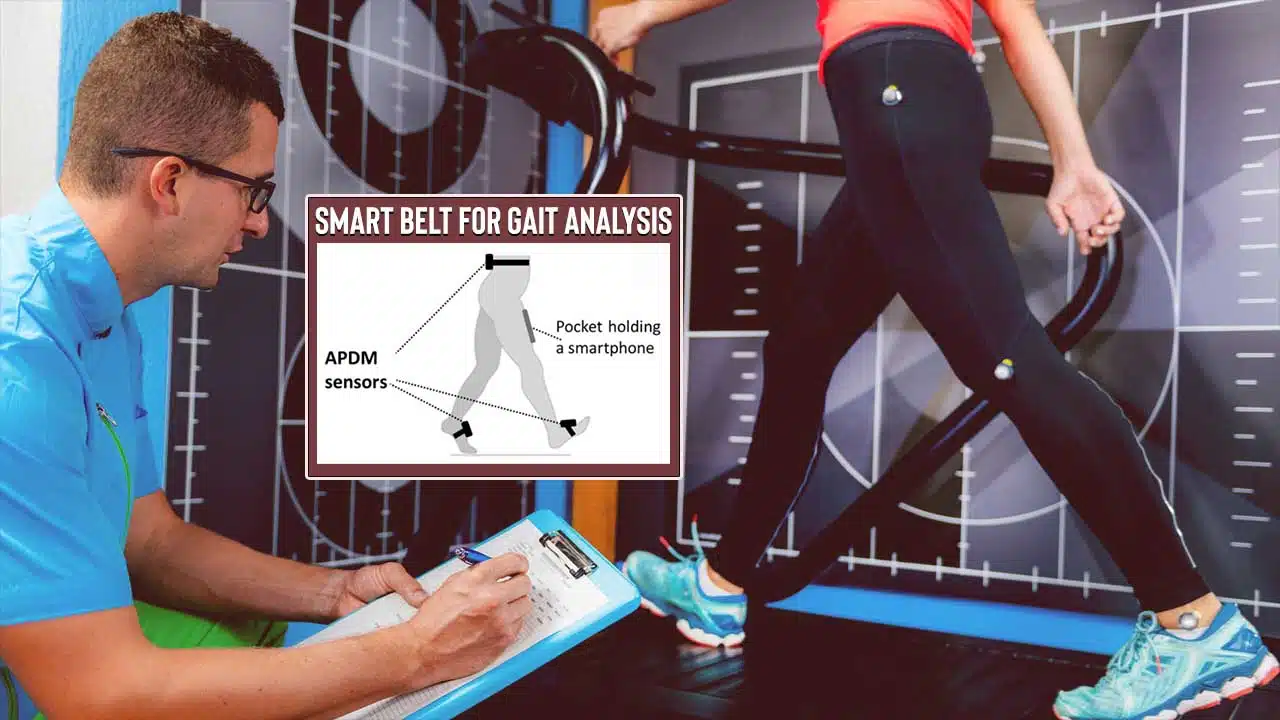At the speed of innovative technologies in sports, fair play, safety, and data-driven strategies have changed the face of sports. It’s not just about players’ skills anymore, sports gears, devices and latest equipment play a vital role too. On top of it, virtual and augmented realities are now essential for professional training worldwide, facilitating self-assessment and even incorporating robotic assistance, and whatnot.
In this article, I will discuss top tech innovations that are changing the world of sports.
Tech Innovations that are Changing the World of Sports
Sports and technology have become an unstoppable duo, transforming the game for athletes and fans alike. From wearable tech that tracks performance to advanced sensors providing real-time data, the sports world is buzzing with innovation.
Imagine athletes training with virtual reality or referees making precise calls with video assist tools—these advancements are redefining how we approach sports.
Curious about what’s driving these changes? Let’s explore the cutting-edge technologies that are making a stir in the world of sports today, here’s the list,
Heart Monitor
Heart monitors play a crucial role in enhancing athletes’ training regimes by providing real-time heart rate data, enabling coaches to tailor workouts for optimal performance and recovery. This technology helps prevent overtraining and injuries, ensuring athletes maintain peak physical condition.
Cyclops and Hawkeye Tracking System
Cyclops and Hawkeye systems revolutionize tennis by offering precise ball tracking, eliminating disputes over line calls. This technology enhances fair play and accuracy, ensuring that matches are decided by skill rather than human error.
The Headset
Headsets in football facilitate seamless communication between coaches and players, improving game strategy and coordination. This technology allows for real-time adjustments and more effective implementation of tactics during matches.
Photo Finishes
Photo finish technology ensures accurate results in close races by capturing high-speed images, thereby enhancing fairness and precision in judging outcomes especially Olympics and racing. This technology is vital in determining winners in competitive environments where milliseconds matter.
Above the Net Camera
Above-the-net cameras in hockey verify goals and assist in game decisions with clear visual evidence. This technology enhances the accuracy of refereeing and ensures fair play by providing indisputable proof of game events.
Multi-Faced Above the Rim Shot Clock
The multi-faced above-the-rim shot clock offers a 360-degree view, enhancing game management and ensuring all players and officials have a clear view of the shot clock. This technology improves the flow of the game and reduces disputes over time management.
Radar Gun
Radar guns measure pitch speed, aiding in player development and strategy in baseball. By providing precise data on pitch velocity, coaches can tailor training programs to enhance performance and monitor progress over time.
Kinetic Energy Recovery System (KERS)
The Kinetic Energy Recovery System (KERS) in auto racing boosts acceleration using energy recovered from braking. This technology contributes to more exciting races and allows teams to innovate with energy management strategies, improving overall race dynamics.
Computerized Scoring
Computerized scoring in bowling simplifies the scoring process for casual players, making the game more accessible and enjoyable. This technology reduces the likelihood of scoring errors and enhances the overall bowling experience.
Televised Sports Enhancements
Televised sports enhancements, including real-time on-screen data analytics, referee calls, replays, and sports commentary, significantly enhance the viewing experience. These technologies provide audiences with a deeper understanding of the game and ensure they are engaged throughout the event.
Injury Prevention and Diagnostics
Advances in injury prevention and diagnostics, such as heart rate monitors, training plans, and recovery systems, allow for quicker evaluations and injury prevention. These technologies help athletes maintain optimal health and performance levels by identifying and addressing issues early.
Fair Gameplay Technology
Fair gameplay technology includes devices for sideline decision-making, referee tools, playback technology, and video tracking. These technologies improve the fairness of sports by reducing human error and ensuring accurate decisions during games.
Wearable Technology
Wearable technology, such as fitness watches and helmets with communication and video capabilities, tracks performance and enhances athlete safety. These devices provide valuable data on various metrics, helping athletes optimize their training and prevent injuries.
Data Tracking and Collection
Data tracking and collection technologies, including sensors and GPS, track athlete performance and health. These technologies enable detailed analysis of an athlete’s performance, allowing for more effective training and development programs.
High-Tech Mouthguards
High-tech mouthguards with sensors monitor impacts and notify athletes of head injury risks. This technology enhances athlete safety by providing early warnings of potential injuries, allowing for prompt medical attention.
High-Tech Helmets
High-tech helmets with shock absorption features prevent head injuries, enhancing athlete safety. These helmets are designed to reduce the risk of concussions and other head injuries during play.
Diagnostic Programs
Diagnostic programs use biometric data to identify high-risk players and prevent injuries. By analyzing various health metrics, these programs help coaches and medical staff tailor training and recovery plans to individual athletes’ needs.
Goal Line Technology (GLT)
Goal Line Technology (GLT) uses sensors and digital monitoring software to determine if goals are valid, improving accuracy and reducing human error. This technology ensures fair play by providing clear evidence of whether the ball has crossed the goal line.
Virtual Reality (VR)
Virtual Reality (VR) is used for training and injury prevention by simulating real game scenarios. This technology allows athletes to practice in a controlled environment, improving their skills and reducing the risk of injuries.
Video Assistant Referee (VAR)
The Video Assistant Referee (VAR) technology assists referees in making accurate calls during games. By providing multiple camera angles and slow-motion replays, VAR enhances the fairness and accuracy of officiating.
Easton Power Sensor
The Easton Power Sensor measures swing metrics to improve batting performance in baseball. By analyzing data such as swing speed and angle, this technology helps players refine their technique and enhance their performance.
Zepp 2 Golf Sensor
The Zepp 2 Golf Sensor analyzes golf swing mechanics for better performance. This technology provides detailed feedback on swing metrics, helping golfers improve their technique and achieve better results on the course.
Apple Watch
The Apple Watch tracks various fitness metrics and provides health data, aiding athletes in monitoring their performance and overall health. This wearable technology offers insights into activity levels, heart rate, and more.
Reflexion
Reflexion is a cognitive training device that enhances reaction times and decision-making. By offering various cognitive exercises, this technology helps athletes sharpen their mental skills, which are crucial for peak performance.
The Edge
The Edge is a performance tracker for various sports, providing data on speed, distance, and other metrics. This technology helps athletes monitor their progress and make informed decisions about their training.
ABS (Automatic Ball-Strike System)
The ABS (Automatic Ball-Strike System) automates the calling of balls and strikes in baseball, reducing human error and improving the fairness of the game. This technology provides accurate, consistent calls, enhancing the overall integrity of the sport.
Taekwondo Sensors
Taekwondo sensors measure impact and accuracy, providing detailed feedback on performance. This technology helps martial artists improve their techniques and achieve better results in competitions.
Lumo Lift
The Lumo Lift is a posture coach and activity tracker that helps athletes maintain proper posture and optimize their movements. This technology reduces the risk of injuries and improves overall performance.
Catapult Playr Smart Football Tracker
The Catapult Playr Smart Football Tracker tracks and analyzes soccer player performance, providing insights into metrics such as speed, distance, and positioning. This technology helps players and coaches make data-driven decisions to enhance performance.
XMetrics Pro Swim Tracker
The XMetrics Pro Swim Tracker provides detailed swimming metrics, helping swimmers improve their technique and performance. This technology tracks various aspects of swimming, including stroke rate and efficiency.
Sensoria Smart Socks
Sensoria Smart Socks track running metrics, such as cadence and foot strike, to prevent injuries and improve performance. This wearable technology provides real-time feedback, helping runners optimize their form.
Moov HR Sweat Band
The Moov HR Sweat Band monitors heart rate and provides training insights, helping athletes optimize their workouts and improve cardiovascular fitness. This technology offers personalized feedback based on heart rate data.
Leomo Type-R Cycling Wearable Coach
The Leomo Type-R Cycling Wearable Coach analyzes cycling performance and biomechanics, providing insights into metrics such as pedal stroke and body position. This technology helps cyclists optimize their technique and prevent injuries.
Hykso Boxing Wearable
The Hykso Boxing Wearable tracks punch speed and count, providing detailed feedback to boxers. This technology helps fighters improve their technique and monitor their training progress.
Nadi X Smart Yoga Pants
Nadi X Smart Yoga Pants provide feedback on yoga poses to improve practice. This technology uses sensors to detect body position and offers real-time guidance to ensure proper alignment and technique.
Mpower Wearable Pod
The Mpower Wearable Pod measures muscle activity, helping athletes enhance their training by providing insights into muscle engagement and fatigue. This technology aids in optimizing workouts and preventing injuries.
Radio Chips That Track Football Players
Radio chips that track football players provide real-time data on player location and movement, enhancing game strategy and analysis. This technology helps coaches make informed decisions based on accurate positional data.
3D Play Visualization
3D play visualization technology visualizes plays and strategies in three dimensions, offering a better understanding of game dynamics. This technology is valuable for coaches and players in planning and reviewing strategies.
Virtual Opponents
Virtual opponents simulate real game scenarios for training purposes, helping athletes practice against realistic competition without the need for a physical opponent. This technology enhances training effectiveness and preparedness.
Mixed Reality
Mixed reality technology combines real and virtual worlds to provide immersive training experiences. This technology allows athletes to practice in realistic environments, enhancing their skills and readiness for actual competitions.
3D Printed Shoes
3D printed shoes offer custom-fit footwear, improving comfort and performance for athletes. This technology allows for precise customization based on individual foot shape and biomechanics.
4D Cameras
4D cameras capture detailed movement data, providing valuable insights into athlete performance. This technology is used for in-depth analysis of techniques and form, helping athletes refine their skills.
Drones
Drones provide aerial views and data collection during games and practices, offering unique perspectives and valuable insights. This technology enhances strategy planning and performance analysis.
5G
5G technology enhances real-time data transmission and communication, providing faster and more reliable connectivity for sports applications. This technology supports advanced data analytics and real-time decision-making.
Stupa Analytics
Stupa Analytics analyzes performance data to provide insights for athletes and coaches. This technology helps identify strengths and areas for improvement, enabling targeted training and development.
Smart Belt for Gait Analysis
The smart belt for gait analysis tracks and analyzes gait metrics, aiding in performance optimization and injury prevention. This technology provides detailed feedback on movement patterns and biomechanics.
VR Motion Learning
VR motion learning uses virtual reality to teach and improve skills, providing immersive and interactive training experiences. This technology helps athletes practice techniques in a controlled environment.
Extended Reality (XR) Football Training Platform
The extended reality (XR) football training platform enhances football training through immersive experiences, combining virtual and augmented reality. This technology allows for realistic practice scenarios and improved skill development.
Instant Replay Technology
Instant replay technology allows referees and officials to review plays for accuracy, ensuring fair play and reducing errors. This technology enhances the integrity of sports by providing clear evidence for decision-making.
Robots as Referees and Training Partners
Robots as referees and training partners enhance fairness and provide consistent training experiences. This technology offers unbiased officiating and reliable practice partners, improving the quality of sports training and competition.
Takeaways
The landscape of sports is rapidly evolving thanks to a plethora of tech innovations that are changing the world of sports. From VR motion training that enhances player performance to sophisticated analytics tools uncovering strengths and weaknesses, the integration of smart belts for injury prevention, and even advanced technologies like yoga and exercise guides, the possibilities are expanding.
Heart monitors, wearable tech, and other cutting-edge solutions are not only improving athletic performance but also revolutionizing how sports are experienced and managed. As we look ahead, these innovations promise to continue shaping the future of sports, ensuring athletes perform at their best while staying at the forefront of technological advancement.
References
https://bleacherreport.com/articles/725642-top-ten-technolgical-innovations-in-sports
https://www.wired.com/story/sport-science-technology-human-performance/
https://cactusware.com/blog/sports-technology
https://superba.biz/augmented-reality-in-sports/
https://reflexion.co/blog/sports-technology/
https://medium.com/@DataScienceKen/7-recent-sports-tech-innovations-that-will-change-your-game-forever-9decbb881b73
https://sporttomorrow.com/10-great-technologies-that-will-change-sport/
https://medium.com/@DataScienceKen/7-recent-sports-tech-innovations-that-will-change-your-game-forever-9decbb881b73
https://cactusware.com/blog/sports-technology
https://reflexion.co/blog/sports-technology/
https://www.tisagroup.ch/new-technologies-in-sports/
https://socialnomics.net/2020/12/17/how-technology-is-changing-the-sports-industry/


